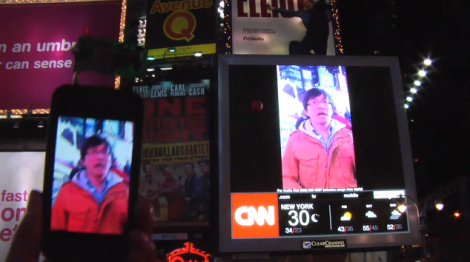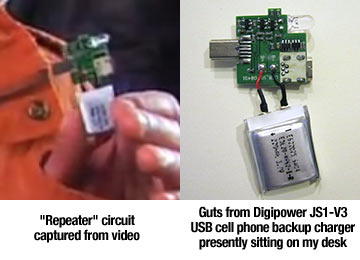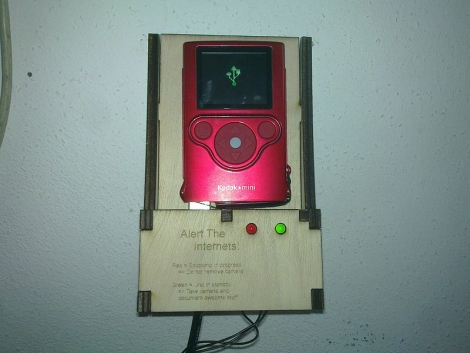
[Francois] over at 1024 Architecture has been working on a project we think you’ll be likely to see in a professional music video before too long. Using his Kinect sensor, ha has been tracking skeletal movements, adding special effects to the resulting wire frame with Quartz Composer. While this idea isn’t new, the next part is. He takes the QC tweaked video stream and then projects it back over the performer using MadMapper to match the video to the body movements, recording the resultant display.
The project started out with a few hiccups, including a noticeable delay between the body tracking and the display. It caused the performer to have to move more slowly than he would like, so things had to be tweaked. [Francois] first tested the latency between his computer and the projector by displaying a timecode representation on the screen as well as via the projector. He found the projector to have a latency of 1 frame at 60 fps, which wasn’t too bad. This led him to believe the culprit was his Kinect, and he was right. There was a 6 frame delay, so he locked the video output to 30 fps in hopes of cutting that delay in half.
The effect is slightly reminiscent of Tron, but with more distortion. We can’t wait to see more projects similar to this one in the future.
The resulting video embedded below is pretty cool in our opinion, but you can judge for yourself.
Continue reading “Real-time Wireframe Video Effect Overlay With Kinect”

















